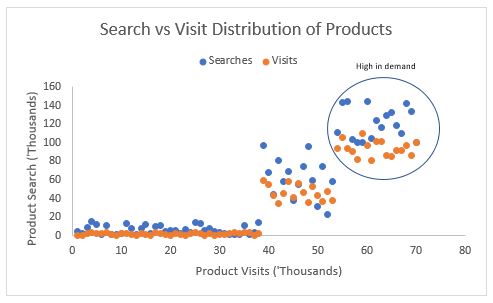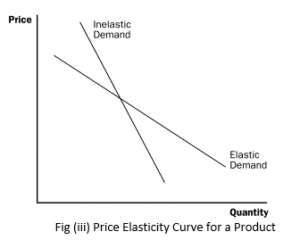Featured content

Driving Platform Rationalization with Cl...
September 1, 2025

Tackling E-commerce Catalog Complexity w...
August 21, 2025

Agentic AI Platform for Hypothesis Gener...
August 1, 2025

Generating Agile Ready Backlogs from Leg...
July 25, 2025

Generative BI for Smarter Enterprise Ana...
July 18, 2025

Automating Oncology Intake with AI-Power...
July 14, 2025

Structuring Quality in Enterprise Softwa...
July 2, 2025

Intelligent Pharmacy Benefit Simulation ...
June 16, 2025

Modernizing Health Claims Analytics with...
June 12, 2025

Choosing Polars Over Pandas for High-Per...
May 23, 2025


